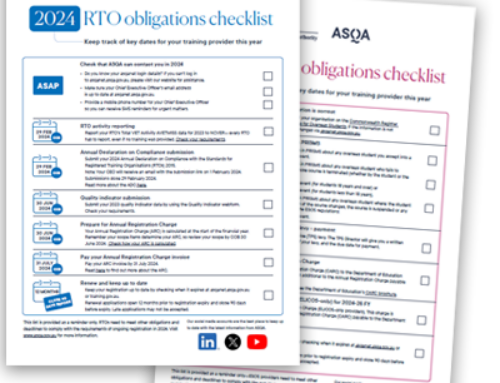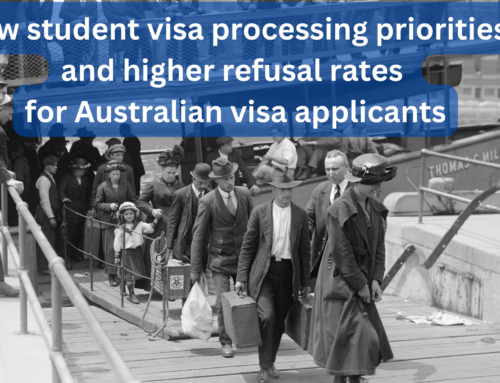The Australian government’s recent announcement, barring education agents from holding ownership stakes in Australian education providers, has raised eyebrows within the education sector. While it may appear to be a well-intentioned measure to enhance transparency, integrity, and fairness in the education system, it raises pertinent questions about its practicality and impact.
The government’s rationale behind this policy shift is clear: to protect the interests of international students and maintain the credibility of Australia’s education sector. By preventing education agents from having financial stakes in educational institutions, the government aims to mitigate potential conflicts of interest that could undermine the quality and reputation of education. The concern is valid; there is a risk of agents directing students toward institutions that serve their financial interests rather than the students’ academic and career needs.
However, the implications of this policy extend beyond its immediate intentions. Organisations, both small and large, that have investments in both education agencies and education providers are now facing a significant dilemma. They must reconsider their investment portfolios, restructure business models, or possibly divest from one of the sectors. These are no small challenges, and they come with substantial financial implications. Unfortunately, the impact of these actions on maintaining the integrity and reputation of the Australian education system remains uncertain.
Managing the transition necessitates a complex process that goes beyond merely submitting a new Fit and Proper Declaration. The lack of industry consultation by the Immigration and Education Departments has caused further aggravation. While the government seeks to address concerns primarily within the vocational education and training (VET) sector, the abruptness of the policy change has raised questions across the entire education industry.
Minister for Skills and Training Brendan O’Connor emphasized that these concerns predominantly affect a limited group of VET providers, estimated at “more than 12 but less than 100.”, which represents less than 0.5% of all educational institutions in Australia.
This perspective highlights that the policy may be a response to isolated issues, yet it has far-reaching implications for a much broader educational landscape.
The policy appears to be another hastily executed step in the quest to uphold the integrity of Australia’s education system, however, it impose long-term challenges on providers already grappling with heavy compliance requirements.
The Australian government’s attempt to regulate the ownership of educational providers may be a well-intentioned endeavor that may ultimately benefit international students and the nation’s education system. However, the rushed and inadequately consulted execution of this policy raises questions about its impact on an industry that is already facing significant challenges. As we move forward, a more measured approach and close collaboration with industry stakeholders will be necessary to ensure that the policy aligns with its intended purpose while minimizing disruptions to an already complex educational landscape.
Please see the full article here.




